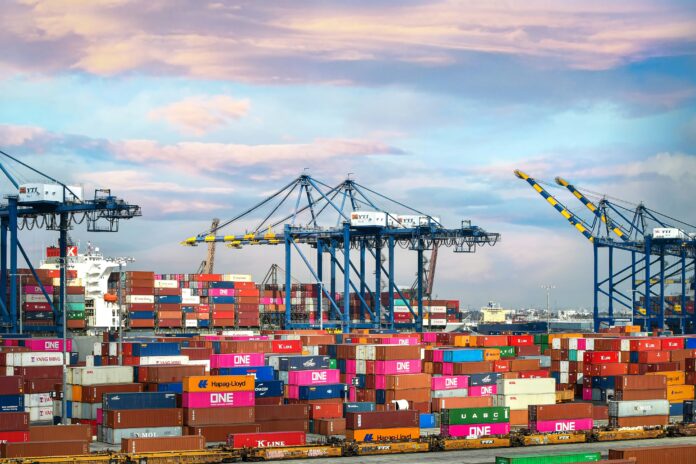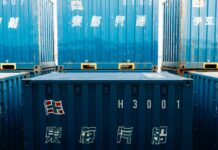
The logistics industry is currently facing significant challenges as geopolitical tensions, ongoing trade disputes, and the residual effects of the global health crisis continue to disrupt supply chains all over the world. To navigate and overcome potential consequences, logistics companies are staying optimistic as the global e-commerce market is about to experience continuous growth in the coming years. What’s more, these logistics providers are willing to embrace new innovations to meet evolving customer demands as soon as possible.
According to Stuart Love, director of global supply chain of a leading logistics company based in Denmark, responding quickly to changing business conditions can give companies a leg up over their competition. “If you want to be as successful and resilient as possible and stand the test of time throughout these volatility cycles, you have to be fast,” he explains. New trends and technologies can improve core cross-border logistics processes, and these can also help companies to adapt swiftly and better contend with disruptions. Here are some of the key trends that will shape the future of cross-border logistics.
Improved Digitalization and Automation
For safe and efficient handling of goods from port to door, logistics companies offer expertise in end-to-end services such as customs clearance, transportation, and delivery. Having the knowledge and established networks to accomplish these services ensures on-time delivery and lowers the risks of damage or loss. However, integrating new technology into processes may also help to speed up logistics activities while boosting efficiency and profitability.
AI technology, for instance, is predicted to play a major role in cross-border logistics since it can be highly useful to accomplish various tasks across the supply chain. For instance, in warehouse and inventory management, robots and systems driven by artificial intelligence can be used to automate tasks such as picking, sorting, and packing to reduce labor costs. AI can also predict equipment failures in warehouses so workers can take active steps to prevent them, minimizing repair costs and downtime. In transportation and routing, AI can be used to analyze traffic and create alternate delivery routes based on the gathered data, which can help to reduce gas consumption and time spent on the road.
Since Artificial Intelligence has the potential to transform global logistics, many retailers and logistics companies are now gearing up to partner with AI tech providers to revamp their processes. Recently, it was reported that Nauta, an AI-powered logistics orchestration platform for importers, has raised $7 million in seed funding which will be used to modernize cross-border logistics. Since its launch in the first quarter of 2025, Nauta has successfully secured partnerships with leading brands, such as L’Oreal, Moet & Chandon, and New Balance, among others.
Enhanced Sustainability
Cross-border logistics can be harmful to the environment since fundamental activities can contribute to air and water pollution, noise pollution, and generation of waste from plastic packaging and single-use containers. To address environmental concerns, it is expected that more companies will be greening certain aspects of their processes to reduce their carbon footprint while boosting their brand image. Major logistics providers such as DHL are already implementing eco-conscious practices, such as electrifying their last-mile delivery fleet to reduce carbon emissions and using smart light systems in their warehouses to have better control over their energy consumption. Meanwhile, UPS is using renewable gas and other earth-friendly fuels for their ground fleet, and the company is also aiming to purchase 10,000 electric vehicles to make deliveries more sustainable.
In the coming years, it is predicted that switching to alternative fuels is going to be one of the biggest trends in cross-border logistics. This includes using Sustainable Aviation Fuels (SAF), such as e-fuel made from carbon dioxide and green hydrogen to power aircrafts. This trend also involves replacing traditional ship fuels with eco-friendly ones, such as methanol or Hydrotreated Vegetable Oil (HVO), and switching out conventional delivery vehicles with electric or hybrid models.
To minimize waste, more logistic companies will be using recyclable packaging, such as those made from cardboard and paper. As an alternative, some providers will also be using biodegradable packaging made from sugarcane fiber and cornstarch, while others will utilize sturdy packaging such as plastic containers and pallets that can be returned, disinfected, and reused multiple times.
Logistics industry experts believe that constant innovation is a must to adapt to the ever-changing environment of global commerce. Be on the lookout for these key trends that will make deliveries more efficient and sustainable, and see how they’ll change the future of cross-border logistics.





